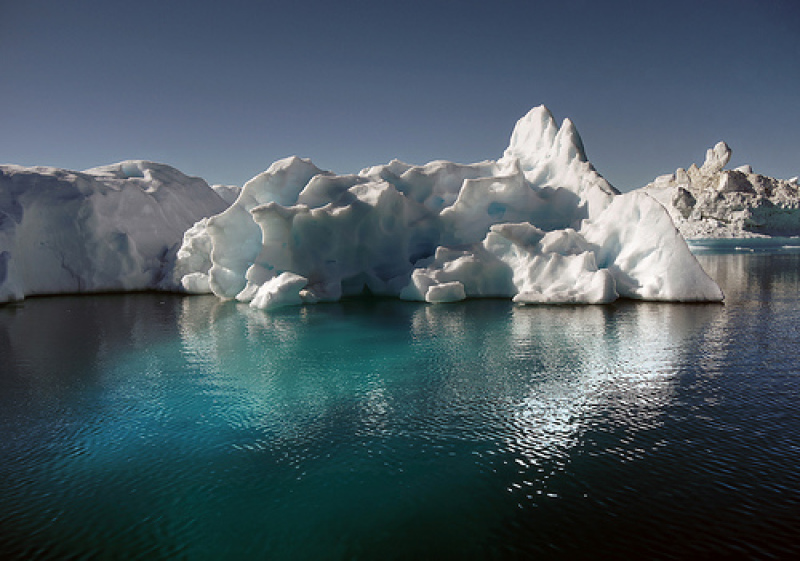
Scientists from the City College of New York and the University of California, Los Angeles, discovered that a secret network of rivers and streams in Greenland is contributing to the global rise in ocean levels, according to Science Daily.
The scientists explained that these flowing bodies of water were formed by melting glaciers. For years, various scientific groups have known that Greenland is the greatest contributor behind the increasing sea levels because its land is 80 percent covered in ice. Due to increasing temperatures, Greenland's glaciers melt causing large chunks of ice to fall into the ocean.
At first, scientists only thought these floating chunks of ice, which are now icebergs, are the country's only contribution to the rising ocean levels. But recently, a study conducted by a team of researchers revealed that aside from icebergs, rivers and streams are also flowing from Greenland's gigantic glaciers.
Using satellite technology and data, the researchers were able to create a computer model of the glaciers. Through the model, the researchers were able to get an idea of how much water is coming out of the ice mountains, the City College of New York reported.
"It's the world's biggest water park, with magnificent and beautiful - but deadly - rushing blue rivers cutting canyons into the ice," lead researcher Laurence Smith said in a statement.
Despite locating the glaciers' series of rivers and streams, the researchers noted that the exact amount of water flowing to the ocean is yet to be determined.
Professor Marco Tedesco, a co-author of the study and head of the Cryospheric Processes Laboratory of City College, said that their current model only provides general estimates of the water's volume.
"The model automatically assumes that the meltwater is going directly to the ocean," he said. "Some can get retained under the ice. More research is definitely needed."
He added that knowing Greenland's exact water output can greatly help environmental and scientific organizations in predicting the rise of ocean levels in the future.
"If we can get better estimates, then we can have better projections for the extent and the impact of global warming," Tedesco added. "Greenland is really the big player for sea level rise in the future, so improving climate models is extremely crucial."


















